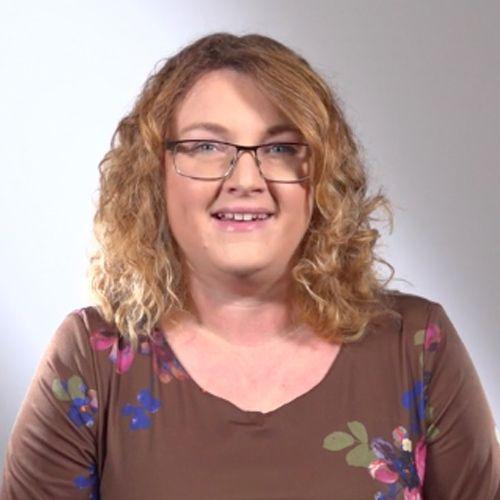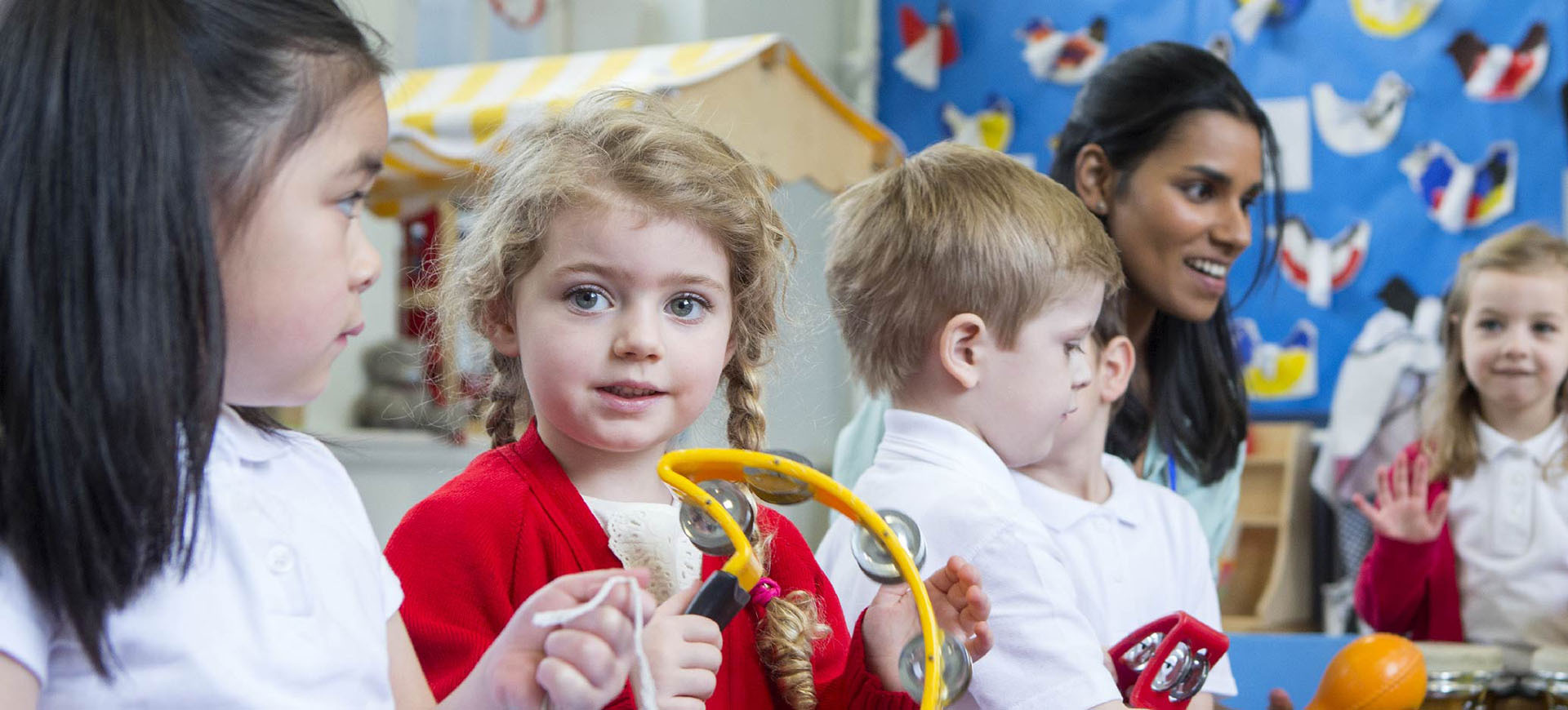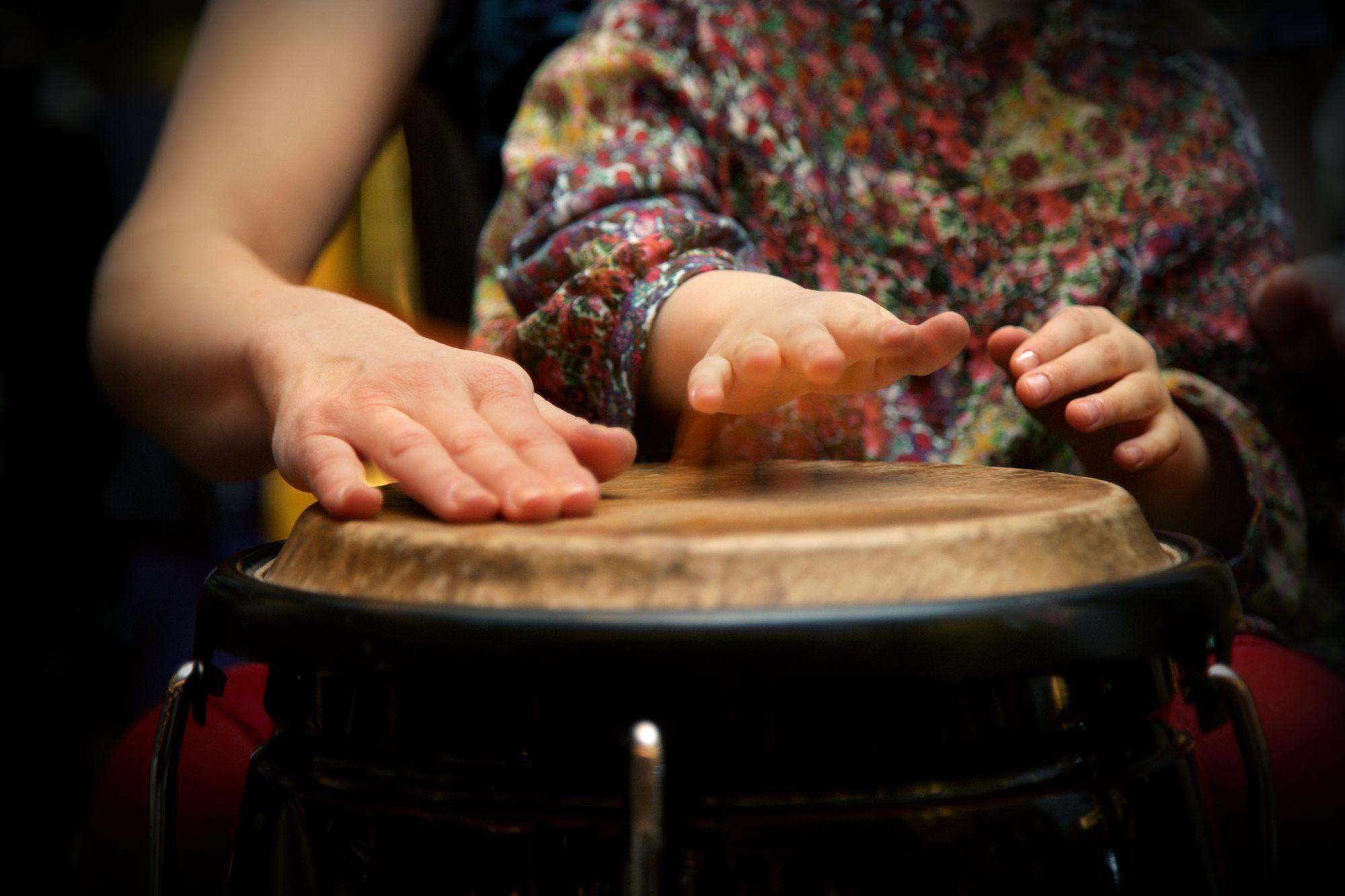Learning objective
- To suggest appropriate sounds to represent parts of a story.
Success criteria
- I can decide if an event needs a
This content is for subscribers only. Join for access today.
National curriculum
Music
Pupils should be taught to:
- Experiment
This content is for subscribers only. Join for access today.
Cross-curricular links
English
Reading – comprehension
Pupils
This content is for subscribers only. Join for access today.
Before the lesson
This content is for subscribers only. Join for access today.
Lesson plan
Recap and recall
Display the Presentation: Match them up and use the activity to recap learning from the previous lesson.
This content is for subscribers only. Join for access today.
Extended-mode explainer videos
How to extend your display to view the lesson page and preseantion mode simultaneously. Choose your operating system below to watch the video
If you need further support with extending your display,
please contact [email protected].
Extended-mode explainer video: For Mac
Extended-mode explainer video: For Windows
Adaptive teaching
Pupils needing extra support
Should be shown physical movements representing those in the story to emphasise the tempo and dynamics; should think about dynamics first and then tempo, rather than both at the same time.
Pupils working at greater depth
Should be encouraged to add sound effects to their storyboard; should articulate why tempo and dynamics change according to the plot.
This content is for subscribers only. Join for access today.
Assessing progress and understanding
Pupils with secure understanding indicated by: suggesting appropriate musical dynamics and tempo
This content is for subscribers only. Join for access today.
Vocabulary definitions
-
Vocabulary for this unit has already been introduced in Lessons 1-3.
This content is for subscribers only. Join for access today.
In this unit
Assessment - Music Y2: Instruments
Lesson 1: Listening for dynamics and tempo
Lesson 2: Sound effects and dynamics
Lesson 3: Creating a soundscape
Lesson 4: Using sound to represent events
Lesson 5: Musical story performance
Contributors






